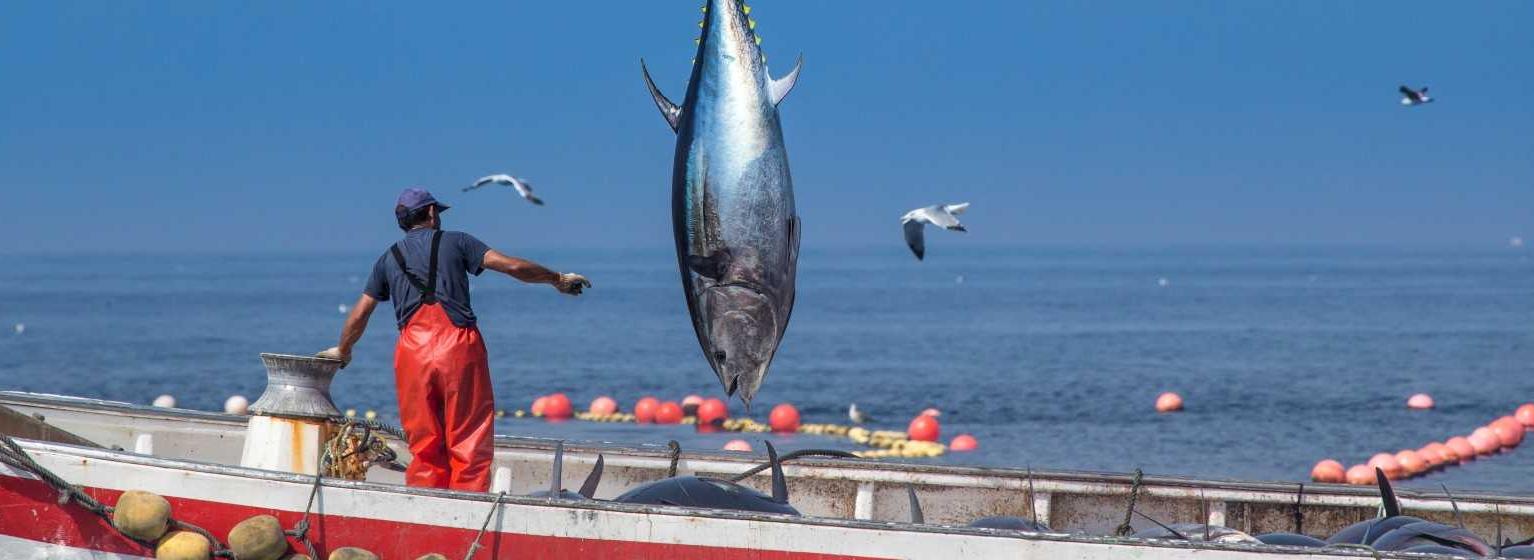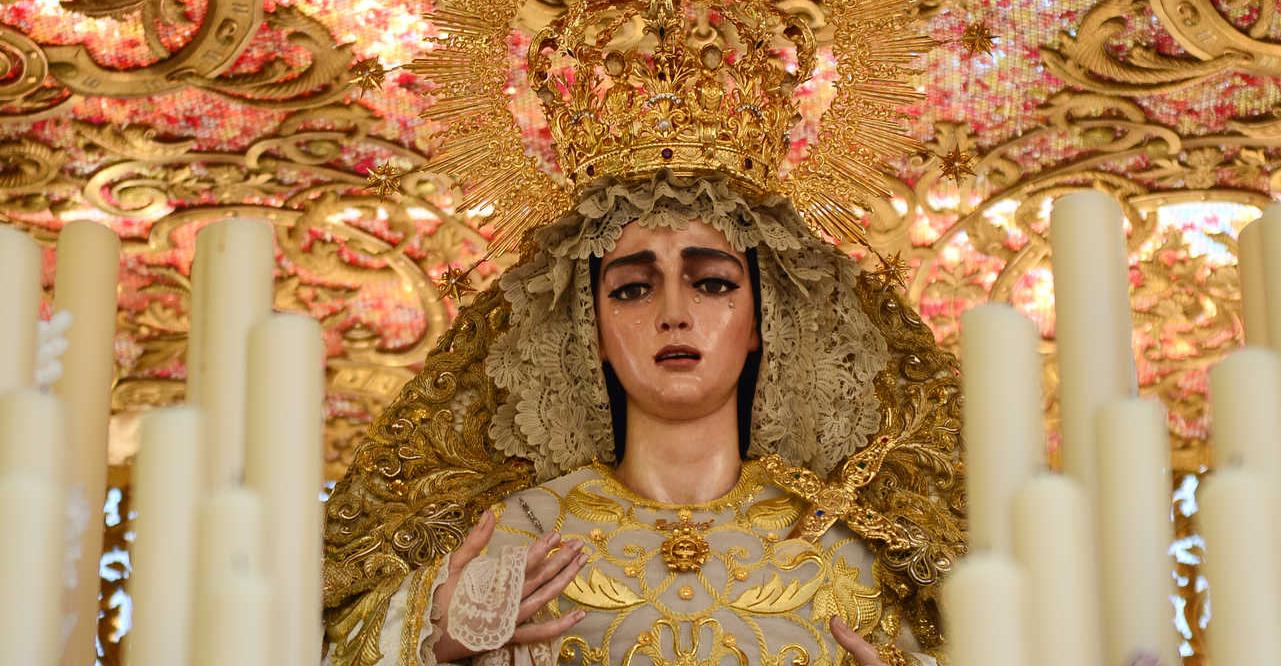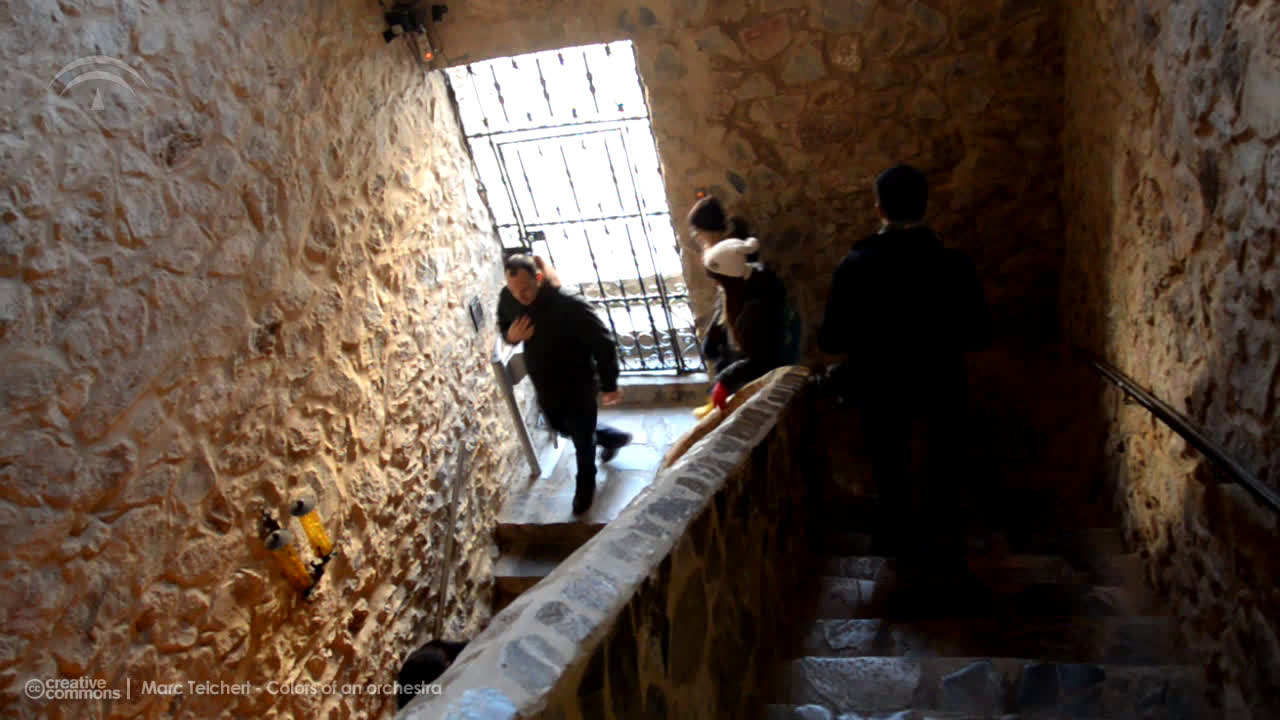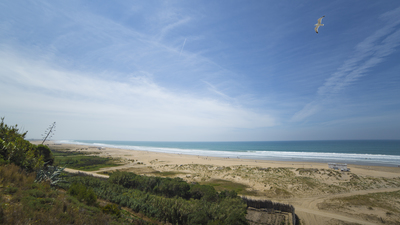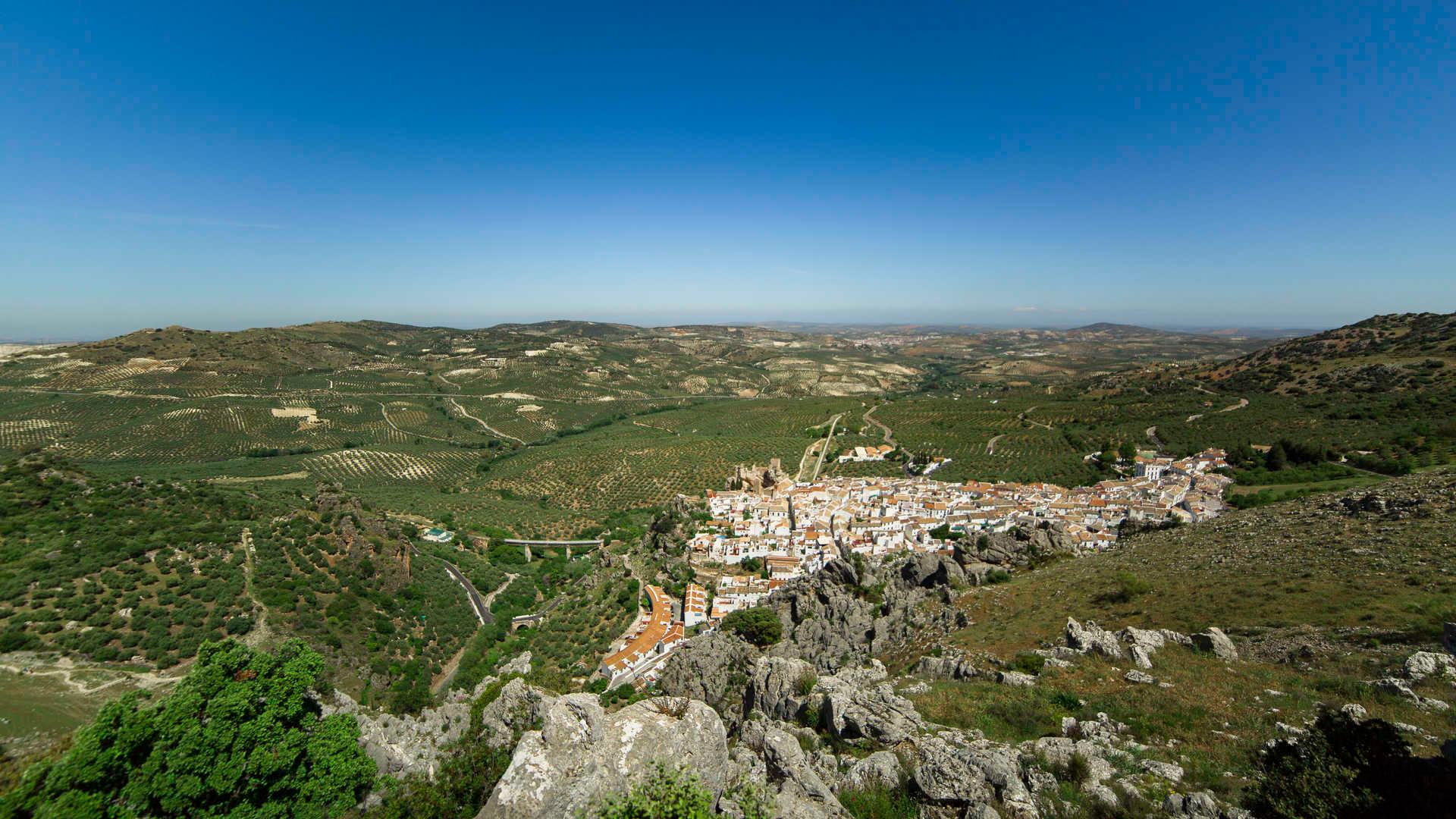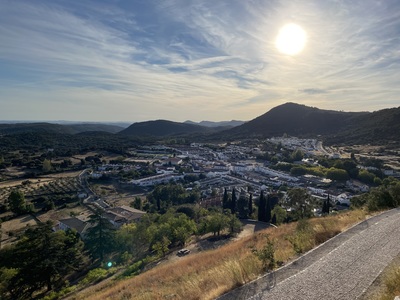Traditional "despesques"
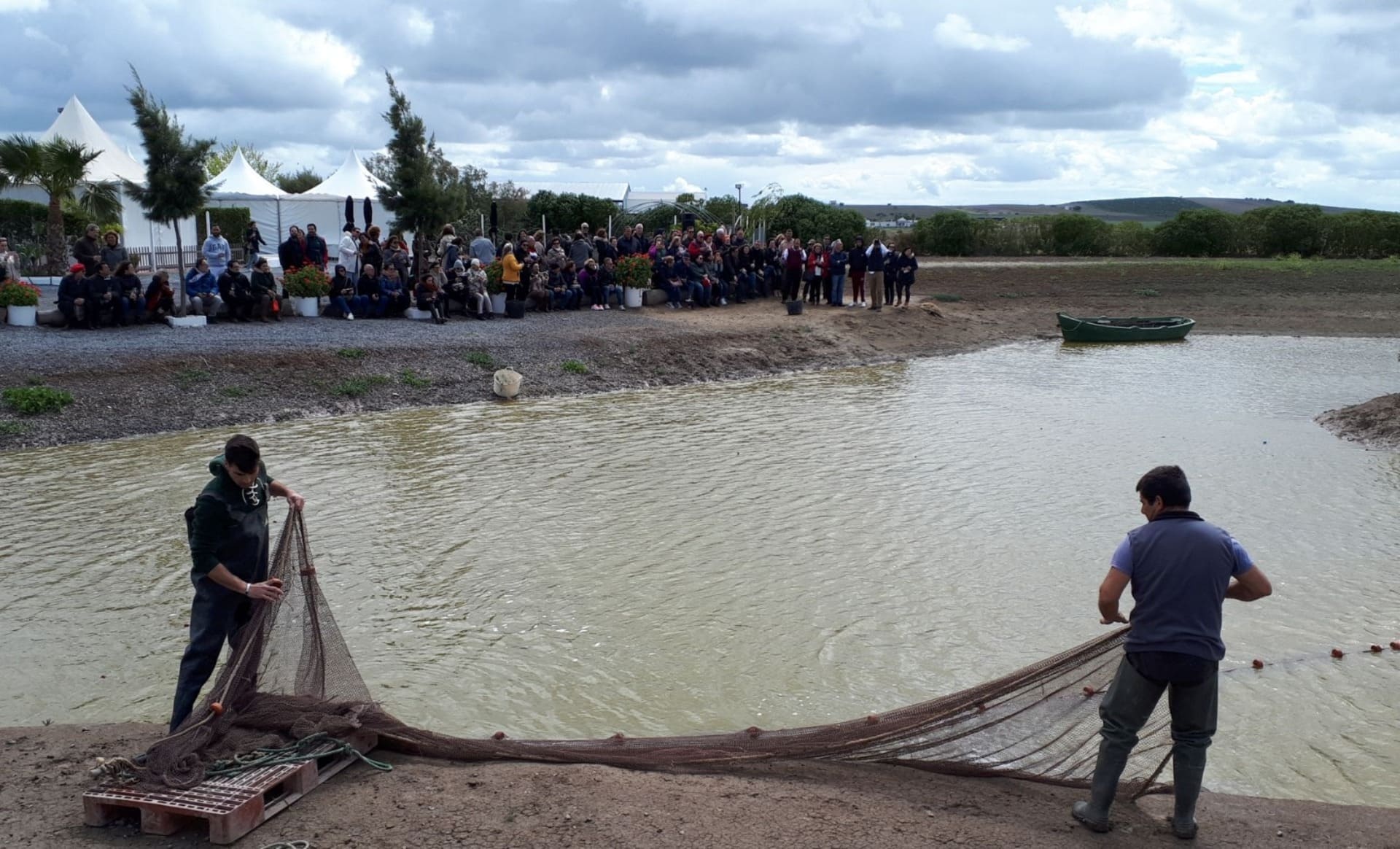
A bird's eye view of the Bahía de Cádiz Nature Reserve provides one of the most spectacular views in the natural world, with an extensive wetland crossed by an infinite number of arteries that from the air look like a complex labyrinth of water and salt. These are the estuaries, shallow bodies of water, but full of life and the scene of one of the most ancient gastronomic spectacles in Spain: the "despesque".
This activity dates back to Roman times and is closely linked to the salt pans in the Bay of Cádiz, which are in the background and stand out on the horizon like huge mountains of salt that dazzle visitors.
But… what is the "despesque"?
It involves capturing all the fish that live and breed in the natural estuaries of the salt flats that need to be emptied annually. Traditionally this process used to be undertaken once the workers had finished harvesting the salt. Then they used to hold a festival to celebrate the end of the harvest and they ate all the fish taken from the pans. Any that was left over was taken home or sold. What was important was the salt, so much so that this fish only played a very minor role in the festivities.
Nowadays the "despesque" has a very strong presence in municipalities in the Bay of Cádiz, such as Chiclana and San Fernando. Now it is acquiring the economic value that it did not have in past times and has become a true gastronomic and ethnographic spectacle that is worth participating in. Ángel León, one of the most prestigious chefs in the world, is one of those responsible for highlighting the importance of this tradition and, with this in mind, has organised "despesques" in Cádiz harvesting with renowned chefs from all over the world.
The high season for the "despesque" is the autumn, although an increasing number of companies have opted to extend the activity for a few more months, given the interest it generates. It is quite a spectacle to see the skill with which they throw the nets and baskets, the tremendous effort made to haul them in and, finally, to see how they come out of the salt pans full of fish. This is something that you really need to see in person.
Grey mullet, sole, sea bream, sea bass and eels, species capable of withstanding the high degree of salinity in these waters, all emerge before your very eyes in an exciting ritual. You can take part, all you need are some rubber boots and to jump into the estuary, don't hesitate!
A number of people take the net by the ends and wade into the salt pans to trap the fish, which jump out of the water trying to escape. Once they have been captured, they are taken away to be stored in baskets and boxes. It all ends with them being cooked traditionally right next to the estuary.
They could not be fresher!
What they eat and the conditions of the water in which they live give these fish a special flavour, which has made them even more in demand. A commitment to "traditional fish from salt pans" as a label has relaunched this activity and the quality and extraordinary flavour of this fish has led to an increasing number of restaurants including it in their menu. When accompanied by an unfermented local must, from Jerez, Sanlúcar, Chipiona or Trebujena, it is divine.
These estuaries and their fish, as well as the surrounding landscapes, are a treasure and a unique experience here for you to discover and share. Nature, landscapes, history, traditional industry, fishing and gastronomy condensed into an incomparable experience that you will find irresistible. You should not leave without taking some traditionally produced salt and without tasting some of the different varieties extracted. Be sure to try the salicornia, the rice with algae and the local estuary oysters. You can take it for granted that you will be caught in Cádiz' nets.


